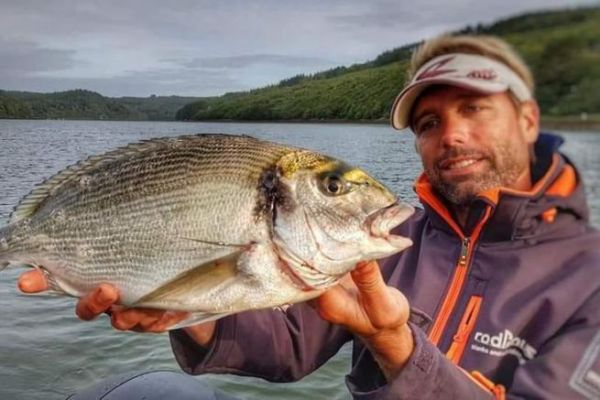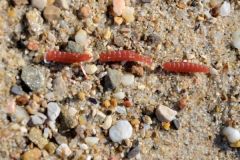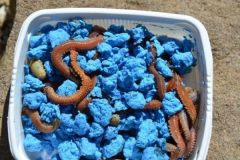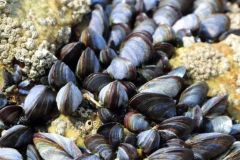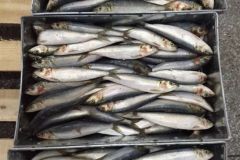If the gilthead bream is present on all the Mediterranean and Atlantic basin, the approaches and the setups are different. The practice that I present here corresponds to the constraints of the environment in which I fish, namely the Gulf of Morbihan and the Breton estuaries, which are home to tides with significant tidal ranges and strong currents.
Green crab a selective bait
If the dorado has a very varied diet and can be fished with worms, shellfish or crustaceans, the king bait remains the green crab because it is really selective. Indeed, if the clam, the areenicoles or the bibi are excellent, you will be constantly disturbed by other species, in particular the old and the gray sea breams. With the green crab, that the dorado will easily crush with its molars, the touches will be less numerous but they will be synonymous of the catch of a beautiful golden eyebrow.
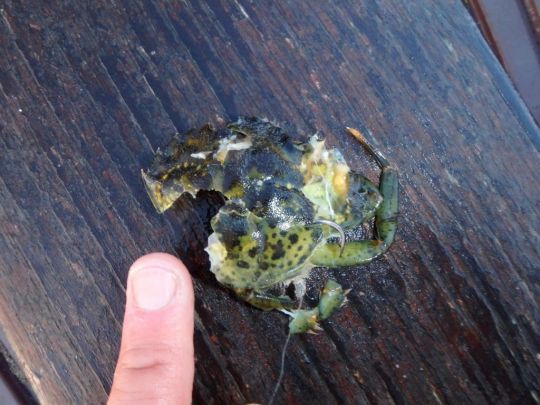
A powerful material
When you are looking for dorados weighing between 2 and 5 kg in strong currents and rocks strewn with mussels, it is imperative to use a powerful and adapted equipment. Thus, from the shore, a surf rod of 3 to 4 m will allow you to throw 100 g weights and to restrain a big royal before it breaks your line. In boat, a rod of 2,50 will be largely sufficient for a powerful of 20/80 g.
For this fishing I use a PE2 or PE2,5 braided line body and a long line head (5 m) in 50/100 fluorocarbon that can resist to rocks and sharp shells.
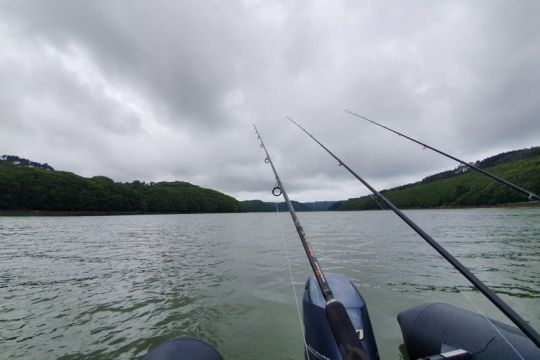
A simple assembly
The line body is equipped with a sliding bead on which I read a 60 to 100 g lead depending on the conditions. The use of a long lead limits enormously the hookings and thus the loss of material. On crowded areas, losses are numerous and it is advisable to plan a sufficient stock for your outing.
Then follows a clip and a 1 m long leader in 45/100 with one or two 2/0 hooks in parallel ( whisbone assembly ).
Finally, you will hook your crab by passing your hook through the hole in the back leg to the hole in the claw and wrap it with elastic thread for a better hold.
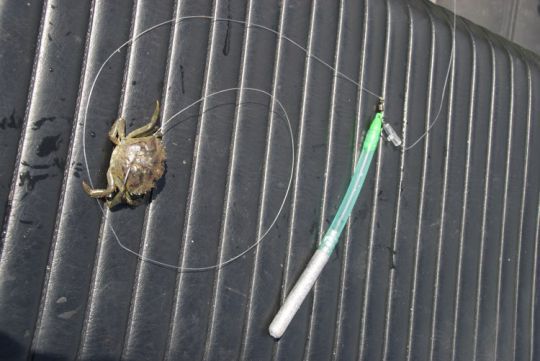
Sometimes discreet touches
If the touch of the sea bream is sometimes very powerful and violent, very often, this one is limited to a few tremors of scion. The sea bream tastes your crab, "chews" it, puts it back and takes it back a few seconds later. You have to be patient and wait for the right moment to strike and especially leave your bait in place for a few minutes if the bites stop. Another fish or the same one may come back to bait it.
The great difficulty in fishing for dorado lies in the hooking, because if it occurs too early you will miss your catch and too late your hook will be cleaned of your crab. A ratio of 1 catch for 3 hits is excellent...
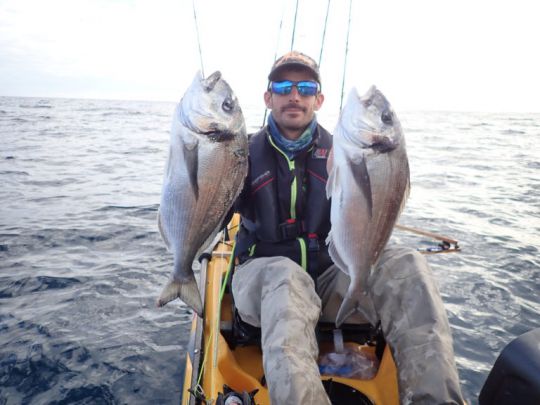
Shoeing, a delicate moment
From the first few bites, you should take the rod in hand and "give back a little" so the dorado feels as little tension in your line as possible. You can then guess how he tastes your bait and will have to wait to feel a displacement of line, sign that he took well your crab in mouth, to strike. The hooking must be ample and powerful to make well penetrate the hooks in the paved mouth of the dorado.
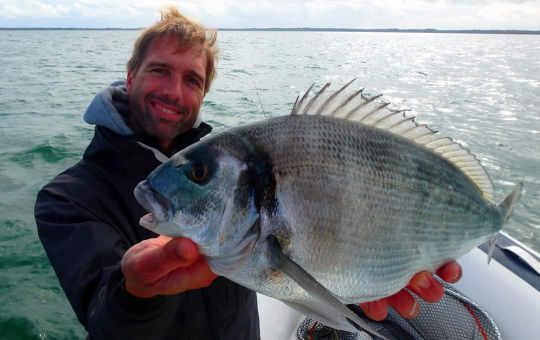
A tough fight
Once hooked, the dorado will deliver a powerful fight by staying very close to the bottom and the obstacles. You will then have to restrain it as much as possible so that your line does not rub on the rocks or on the sharp shells and try as quickly as possible to take it off the bottom. It will try to return to the bottom no matter what and you will have to be authoritative from start to finish.
As long as the dorado is not in the net, the fight is not over. It is still capable of powerful rushes and especially to open, even to break your hooks with its powerful jaw.
If once located, the hits can be very numerous, the gilthead bream is a catch that must be earned and requires a good analysis of the fishing areas, patience and self-control to strike at the right time.
